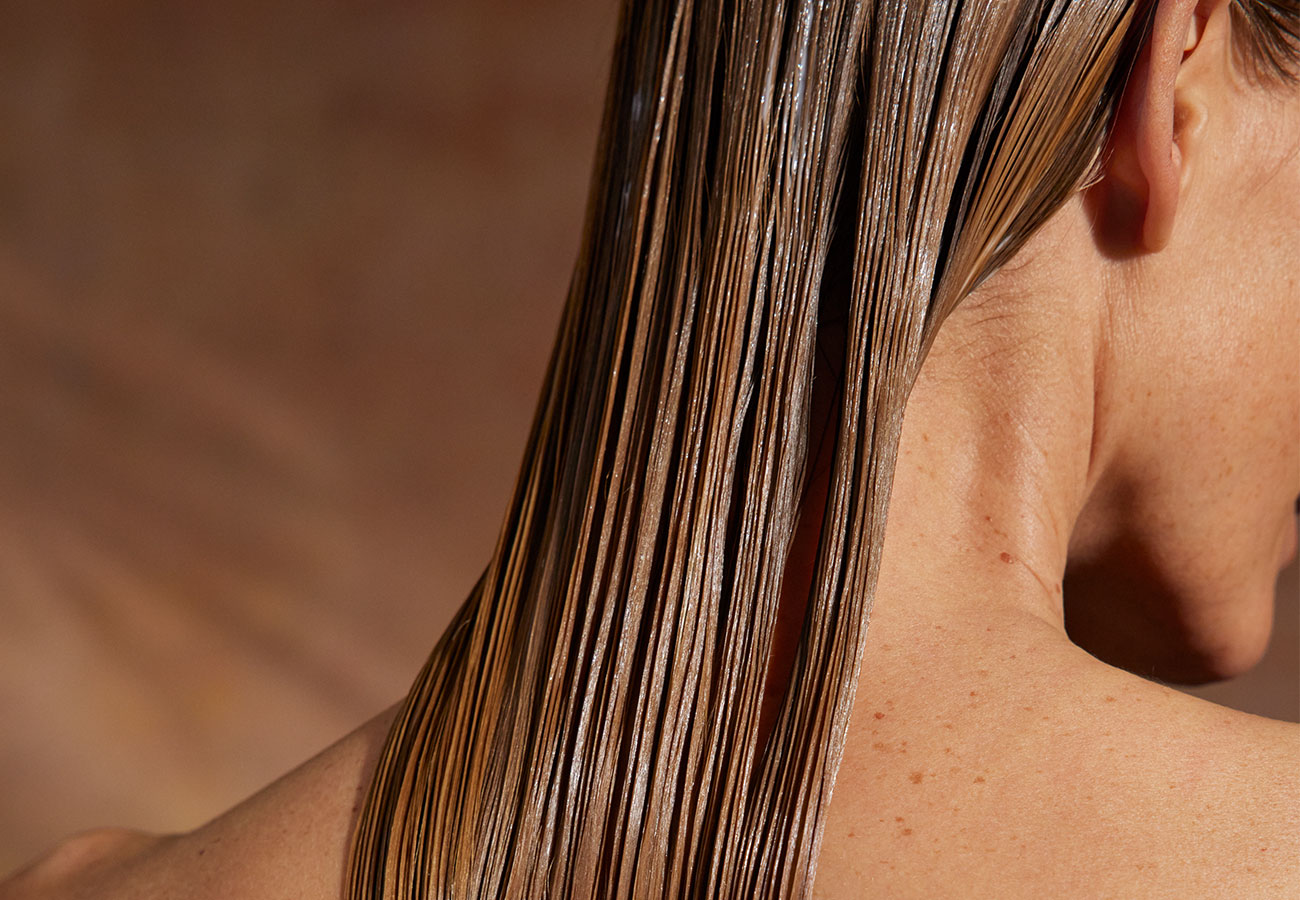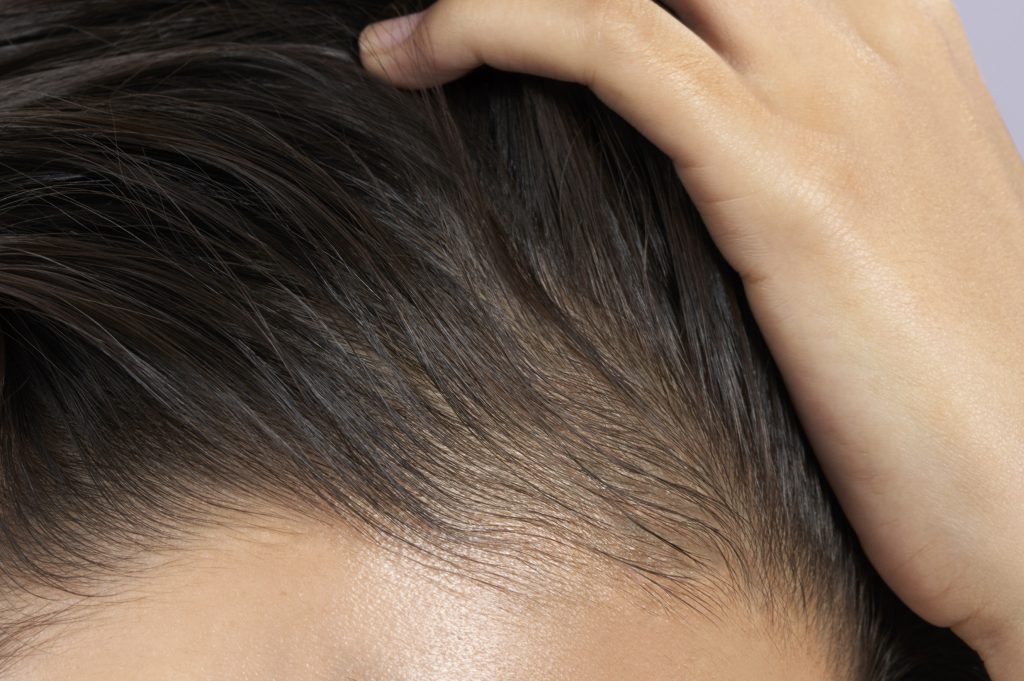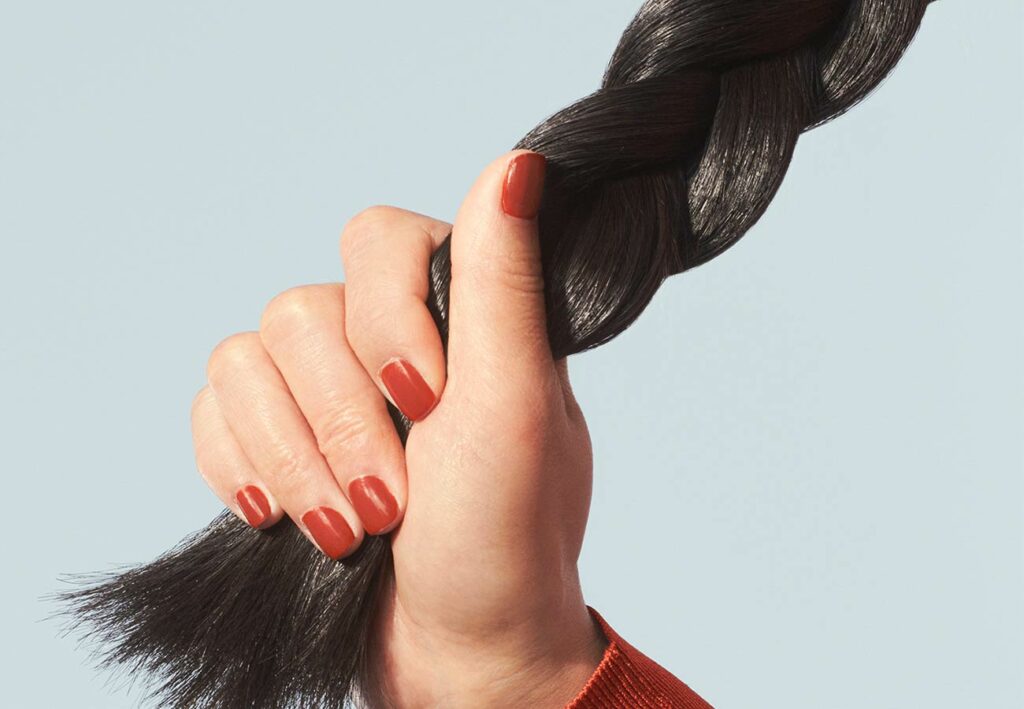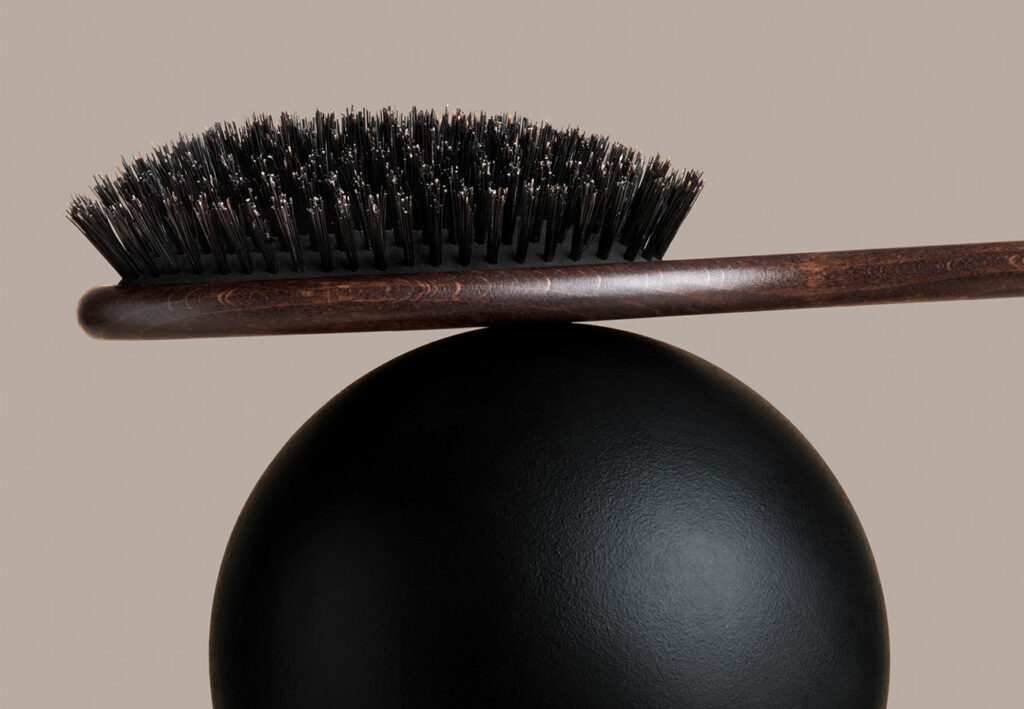How does chlorine damage your hair?
Chlorine is a powerful disinfectant used to sanitize pool water by killing bacteria, pathogens, and algae, keeping it safe for swimmers. Unfortunately, this means it also has the potential to cause severe damage to your hair and scalp if not managed properly.
Chlorine breaks down your hair’s protective cuticles, tangling it while exposing the delicate cortex. It also depletes moisture and weakens the shaft by breaking down your hair’s amino acids, potentially causing structural impairment. Finally, chlorine strips your hair and scalp of healthy oils and lipids and even removes some melanin that gives your hair its natural color.
What are signs of chlorine damage?
You may not notice damage to your hair the first time you go swimming, but repeated trips to the pool will have a major impact. For those with bleached or naturally blonde hair, you might notice the signature green hue that chlorine saturation leaves. Darker hair colors will eventually find their hair lightening before taking on this same quality.
More importantly, chlorine-damaged hair will become dry and brittle, making it more prone to breakage and split ends. You might notice your hair has lost its shine and appears frizzier than usual. Even your scalp health can be affected, becoming inflamed and itchy as the oil-stripped skin starts to dry and tighten.
How to repair damaged hair
How to protect hair from chlorine before the pool
The best way to protect hair from chlorine damage is to limit exposure. Wearing a swim cap can create a barrier that keeps your hair from touching the chlorine. If you feel a cap is too restrictive, there are ways to limit the amount of chlorine your hair absorbs.
Pre-soak your hair with a pre-wash treatment, such as a pre-shampoo scalp mask or hair mask, to leave less room for chlorine in the shaft. Think of your hair like a sponge that absorbs less liquid once it’s already wet. If you don’t have a pre-wash treatment available, rinsing your hair in clean water can also reduce possible chlorine exposure.
It’s important to remember that chlorine damage will have a greater impact on hair that is already damaged. Hair that has been bleached or treated with harsh chemicals may already be struggling, and regular chlorine exposure could cause a level of damage that is much more difficult to repair. Taking steps to keep your hair healthy during the cooler months will go a long way toward reducing any potential damage caused by chlorine.
How to repair hair from chlorine after you swim
To protect hair from chlorine, the first thing you should do each time you get out of the pool is rinse it from your hair. The less time chlorine is present on the hair shaft, the less damage it’s able to do. You can even take it one step further and shampoo your hair to make sure all traces of the chlorine are gone.
Since chlorine strips so many essential nutrients and oils from your hair, it’s a good idea to incorporate some restorative products into your routine to replace them. Using a hair oil or a leave-in conditioner can help return your hair’s manageability and shine. Choose a product to soothe the dry and inflamed skin on your head and ensure a damaged scalp doesn’t stunt new hair growth.
Enjoy the best of both worlds
You shouldn’t have to sacrifice your summer activities to keep your hair healthy. By understanding the damage chlorine can cause and taking steps to prevent and repair that damage, you can keep your hair looking great all summer long. If you want to take the next step in optimizing your hair health, take the Prose hair consultation today to find a haircare formula that’s customized for your needs.





